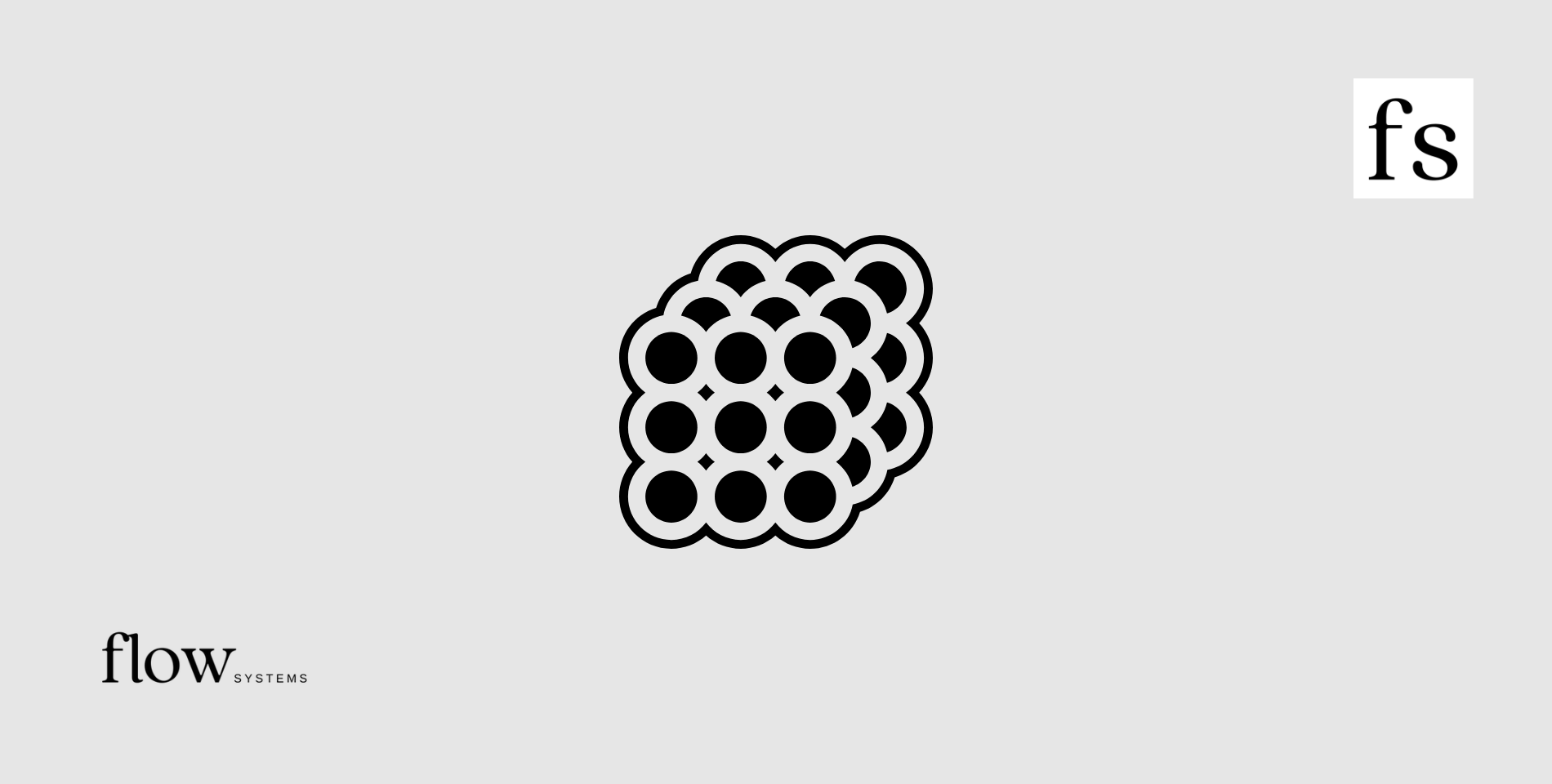When it comes to search engine optimization (SEO), keyword density is an essential factor to consider. Keyword density refers to the percentage of times a target keyword appears on a webpage in comparison to the total number of words on that page. In other words, it’s a measure of how often a particular keyword or phrase is used on a webpage.
The Importance of Keyword Density in SEO: Finding the Sweet Spot
Keyword density is not just an arbitrary metric. It plays a crucial role in helping search engines understand what a particular webpage is about. Therefore, it’s crucial to find the right balance of keyword density for your content to ensure that your content ranks high in search results.
Maximizing Your On-Page SEO: The Right Density for Keywords
Keyword density is an on-page SEO factor that you can control. By optimizing keyword density on your pages, you can improve the relevance of the content to search engines. However, you need to be mindful of the density to avoid the risk of keyword stuffing, which can lead to penalties from search engines.
The ideal keyword density for a webpage is between 1-3%. This means that your target keyword should appear once or twice for every 100 words. This density is sweet because it ensures that your content is relevant to the search query without overusing the keyword.
How to Determine the Ideal Keyword Density for Your Content
Determining the right keyword density for your content requires a bit of trial and error. The optimal density for a particular keyword can vary depending on the context of the page.
One way to find the right density is by analyzing the content of competitors ranking for the same keyword. This analysis can help you determine the average density for the specific keyword and decide if your content needs more or less keyword usage.
Another way to find the right density is to use keyword density tools. These tools analyze the content on your page and provide you with the keyword density, making it easier to adjust the density accordingly.
Why Keyword Density Matters and How to Get it Right
Keyword density is vital for SEO because it helps search engines understand the context and relevance of your content. When you have a high keyword density, search engines will assume that your content is relevant to the search query.
However, getting the keyword density right is crucial to avoid keyword stuffing. Keyword stuffing refers to the practice of using a target keyword excessively in a webpage’s content or meta tags. This practice is considered spammy, and it can lead to penalties from search engines.
The key to getting the keyword density right is to write content for your audience, not just for search engines. Focus on creating high-quality content that people will find valuable and informative. When you deliver quality content, you can naturally include the target keyword without overusing it.
H2 or H3 Headers: Which is Best for Keyword Density and SEO?
Headers (H1, H2, H3, etc.) are HTML tags used to format content on a webpage. They help organize the content and make it easier for users to scan and read.
When it comes to SEO, using headers correctly can help improve your keyword density. However, not all headers are equal. H1 headers are typically used for the page title, while H2 and H3 headers are used for subheadings.
Using H2 and H3 headers can help improve your keyword density because they provide additional opportunities to include the target keyword. Using H2 headers for the main subheadings and H3 headers for the sub-subheadings can help organize the content and improve the keyword density.
Styling Your H2 or H3 Headers for Optimal Keyword Density
Styling your headers can also help improve your keyword density. When using H2 or H3 headers, you can make them stand out by styling them with bold or italicized text. This styling can help draw the reader’s attention to the key points and improve the keyword density.
However, it’s important not to overdo it with the styling. Overusing bold or italicized text can lead to a cluttered and hard-to-read page, which can negatively impact user experience.
How to Write Bold and Engaging Copy That Boosts Keyword Density and SEO
The key to writing bold and engaging copy that boosts keyword density and SEO is to focus on creating high-quality content that provides value to your audience. When you write content that people find valuable, you can naturally include the target keyword without overusing it.
You can also improve your keyword density by including variations of the target keyword. Using synonyms or related phrases can help improve the relevance of the content to the search query while avoiding keyword stuffing.
In conclusion, keyword density plays a crucial role in SEO. Finding the sweet spot for your content can help improve your relevance to search engines while avoiding penalties for keyword stuffing. By optimizing your headers and using bold and engaging copy, you can improve your keyword density and provide value to your audience.
If you found our blog post helpful and are looking for more guidance, feel free to reach out to our friendly team of experts at Flow Systems. We’re here to assist you in achieving your business goals with our tailored digital marketing strategies, SEO solutions, and innovative web design and development services. We take pride in helping businesses from various industries grow and succeed with a humble and collaborative approach. If you need help with any aspect of your online presence, don’t hesitate to contact us for a complimentary consultation. Together, we can pave the way for your continued success.



